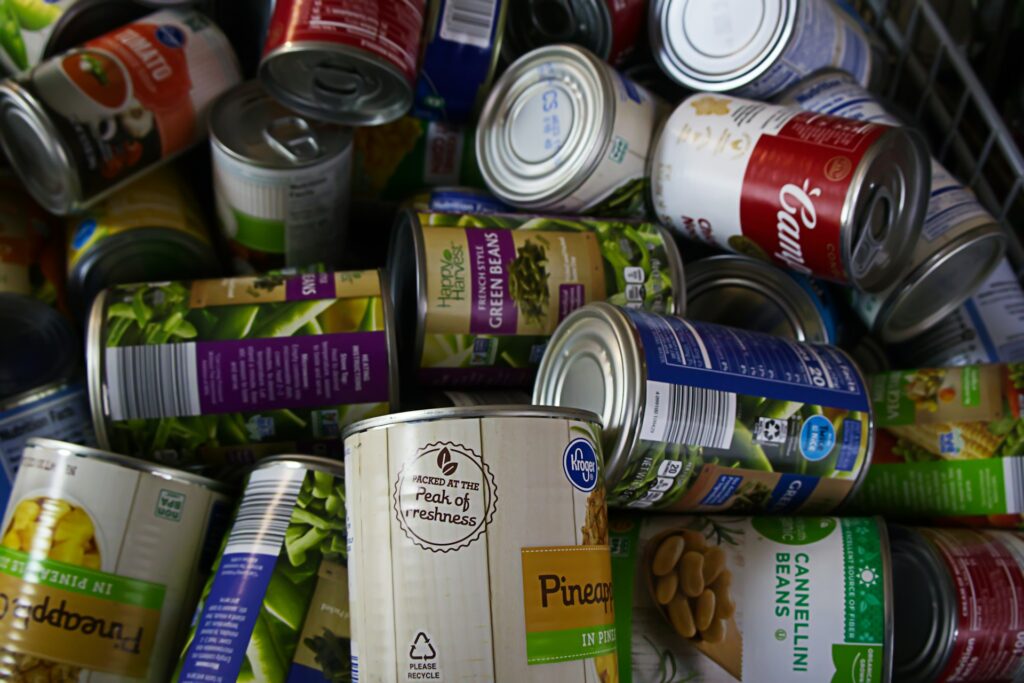
Listeria
Listeria In the past decade, a foodborne pathogen called Listeria monocytogenes has been linked to multiple foodborne disease outbreaks that have been connected to ready-to-eat

Foods can be preserved for extended periods of time by canning them and sealing them in airtight jars. The late 18th century saw the development of canning as a means of giving sailors and soldiers a reliable supply of food during times of conflict. Each product will require a somewhat different canning procedure, but there are three basic phases.
The food is heated to a safe temperature during the canning process, which also creates a vacuum and keeps bacteria out of the food.
The food is heated to a safe temperature during the canning process, which also creates a vacuum and kill the bacteria which may be present in the process. This produces an environment that makes it very unlikely for dangerous bacteria to proliferate unless the cans get damaged.

Listeria In the past decade, a foodborne pathogen called Listeria monocytogenes has been linked to multiple foodborne disease outbreaks that have been connected to ready-to-eat

Bacillus cereus Bacillus cereus (B. cereus) is a bacterium frequently present in the environment, existing as spores. Food contamination typically occurs from the soil, air,

Salmonella Salmonella is a highly contagious group of bacteria that produces a foodborne illness called salmonellosis. The bacteria are commonly found in the intestines of healthy animals

About Mold Have you ever gone to your refrigerator for a delicious snack only to find mold has made its home on your fruit or

About Yeast Yeast is a living single-celled fungus, belongs to the kingdom Fungi, that is used in both bread and beer making. The species of

Macronutrients – Protein Macro nutrients are defined as the substances or components that are needed by the body to serve as nourishment to facilitate cell